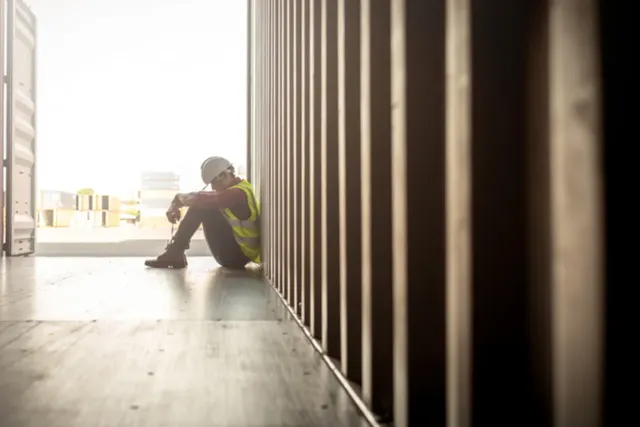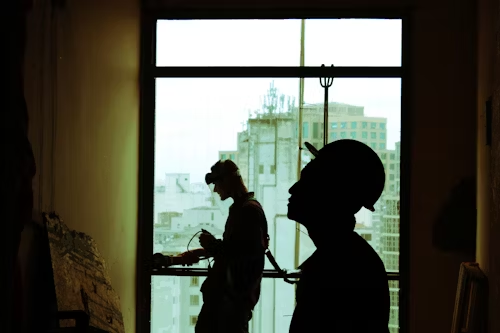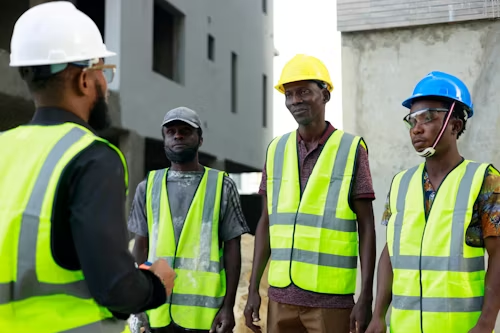
ORLANDO, Fla., Aug. 7, 2025 — Mental health is as critical to jobsite safety as hard hats and harnesses, according to industry leaders at the American Society of Safety Professionals (ASSP) Conference + Expo last month. Panelists urged supervisors and safety managers to stay “in tune” with employees to identify early warning signs of mental distress—before tragedies occur.

“It definitely is [our responsibility],” said Wesley Wheeler, executive director of safety for the National Electric Contractors Association. “We are the eyes and ears of our contractors.”
The conference featured multiple sessions addressing the growing recognition that worker wellbeing extends far beyond physical injury prevention. Experts stressed that in high-stress industries like construction, ignoring mental health can have fatal consequences.
Panelists highlighted subtle but critical indicators that a worker might be struggling—changes often noticed first by attentive supervisors.
These signs can include:
“You will notice these things if you are in tune with your workers,” said Georgia Bryce-Hutchinson, mental health consultant for Carebridge, a Pennsylvania-based healthcare provider.
Construction’s long hours, physical demands, and “tough guy” culture can exacerbate mental health struggles, said Chris Trahan Cain, executive director of CPWR — The Center for Construction Research and Training.

“A growing number of deaths are not from falls or electrocutions. They’re from suicide on the job or drug overdose on the job,” Cain said.
To open conversations in a less confrontational way, conference organizers distributed ASSP poker chips with “988”—the national suicide hotline—printed on the back. Wheeler encouraged safety managers to hand them to workers discreetly, as a tangible resource and conversation starter. Cain added that this subtle gesture could be a lifeline: “Give a chip to a worker you’re concerned about with no further discussion,” she said.
In another session, Sonya Bohmann, executive director of the Construction Industry Alliance for Suicide Prevention, and Loretta Mulberry, a Spanish-to-English interpreter and industry advocate, tackled a crucial but often overlooked factor: language.
They urged employers to adopt more compassionate and precise terminology—using “die by suicide” instead of “commit suicide” and “having a mental illness” instead of “being mentally ill.” These changes, they said, help normalize mental health discussions and reduce stigma.
“It’s not just the verbiage on the jobsite, but the actual dialect used to communicate that can have a profound effect on worker mental health,” Mulberry noted.
With Hispanic workers making up about 50% of all construction laborers—but only a quarter of the total construction workforce—language barriers are a pressing safety and wellbeing concern. Many Spanish-speaking workers rely on a single bilingual leader for interpretation, which can lead to both safety hazards and social isolation.
The stakes are high: from 2011 to 2020, the suicide rate among Hispanic Americans rose from 5.7 per 100,000 to 7.5 per 100,000, according to the Suicide Prevention Resource Center.
“There is simply not enough being done to bridge those language cultural gaps,” Mulberry said. “I would like to impress upon people that people’s lives are on the line everyday.”
Despite many firms acknowledging the importance of multilingual safety programs, Mulberry said she rarely sees swift implementation. Experts agreed that shifting workplace culture—removing stigma, embracing language diversity, and prioritizing mental health—requires both leadership commitment and grassroots action.
As Wheeler put it, the role of supervisors and safety leaders extends beyond policies and procedures: “We are the eyes and ears,” he reminded the audience. “Being in tune with your people isn’t just good leadership—it’s lifesaving.”
Originally reported by Zachary Phillips in Construction Dive.